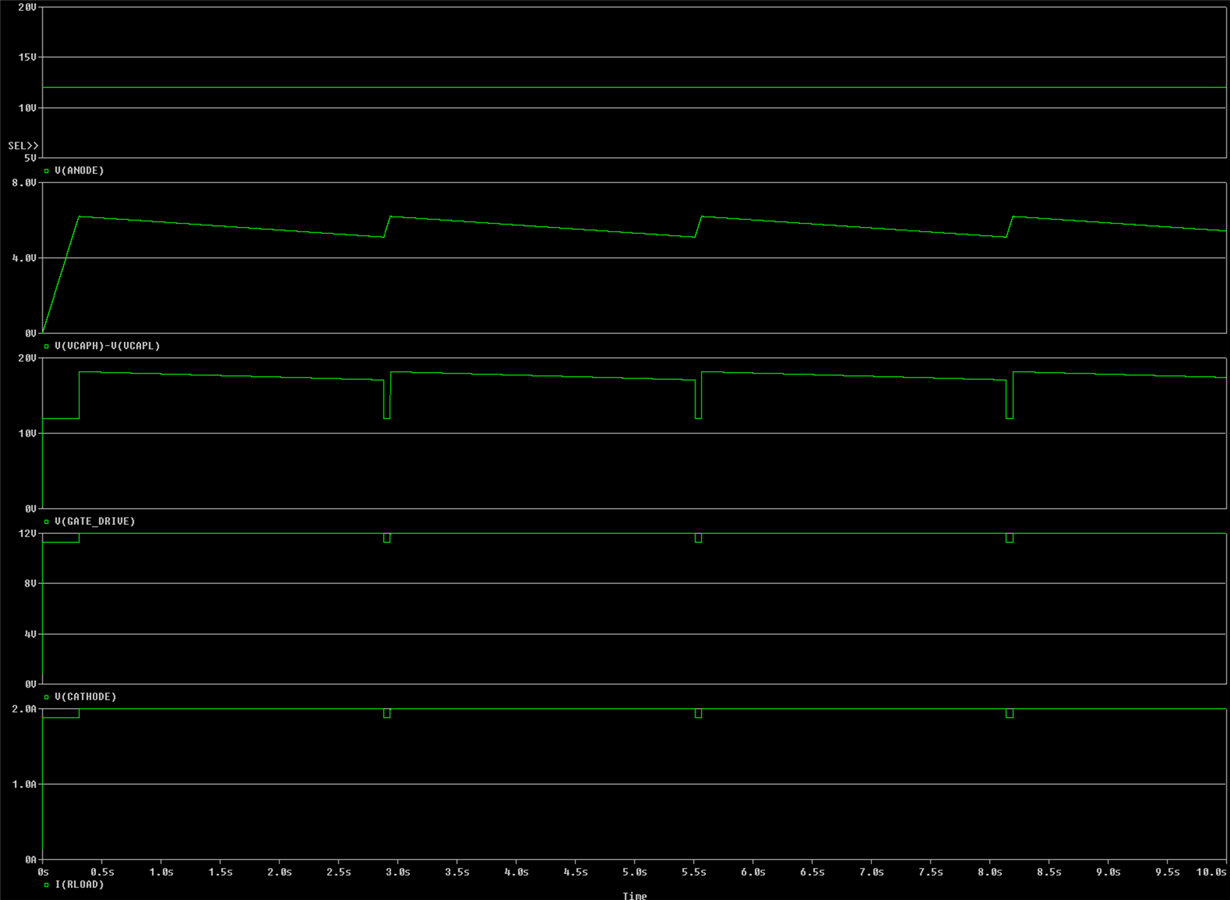I just came across this device, and it looks like a great fit for a reverse polarity application. My question is about the load capacitance requirements. If I understand the operating principles correctly, it would seem that a larger load capacitance would require a larger charge pump capacitance. That's because the charge pump operates on the input to output voltage differential, and a large output capacitance can increase the time for this differential to build up when the MOSFET switches off. I didn't see any recommendations or limits for load capacitance in the LM74610-Q1 data sheet, however. Am I missing something or should the load capacitance be an issue in this design?
-
Ask a related question
What is a related question?A related question is a question created from another question. When the related question is created, it will be automatically linked to the original question.


